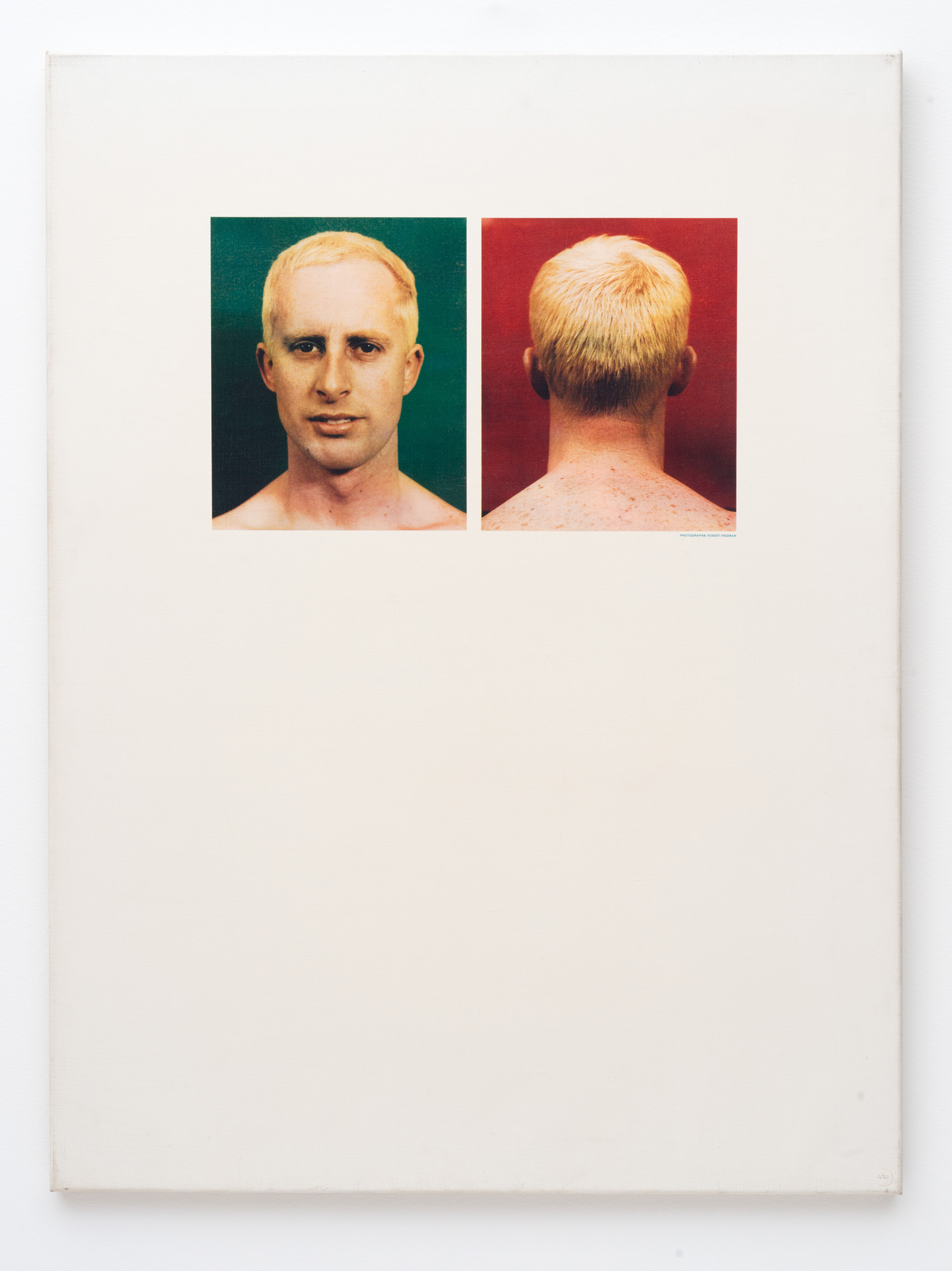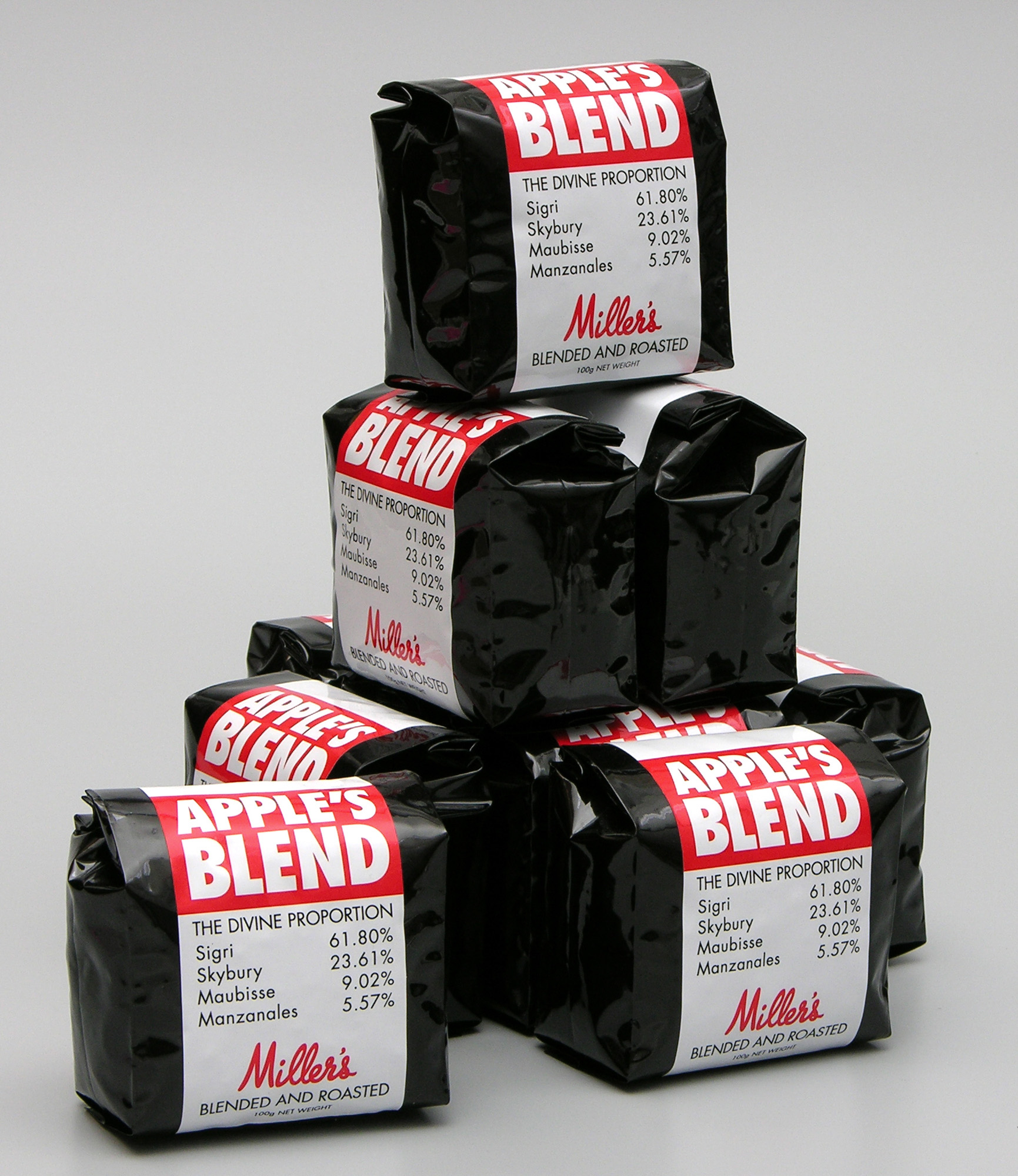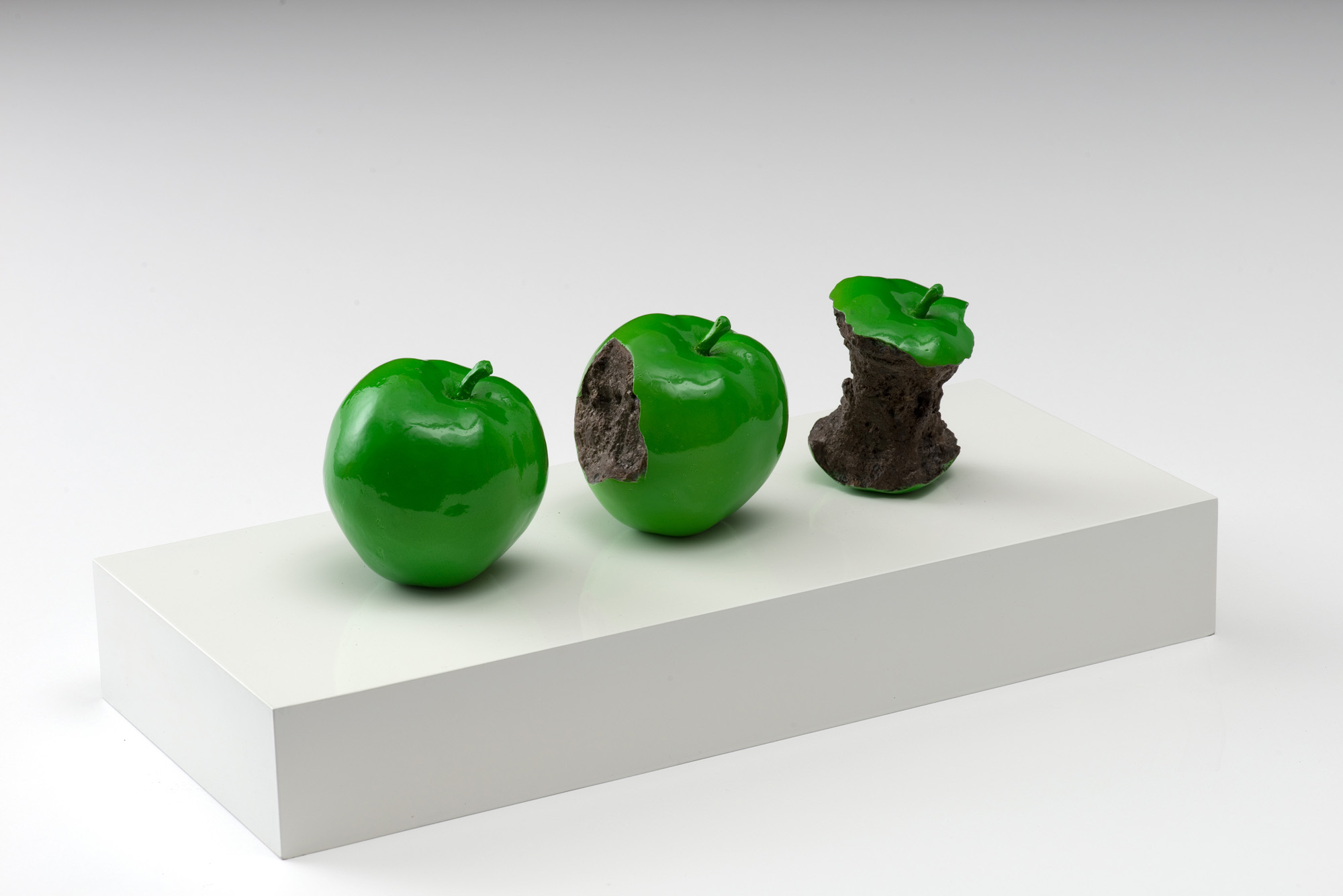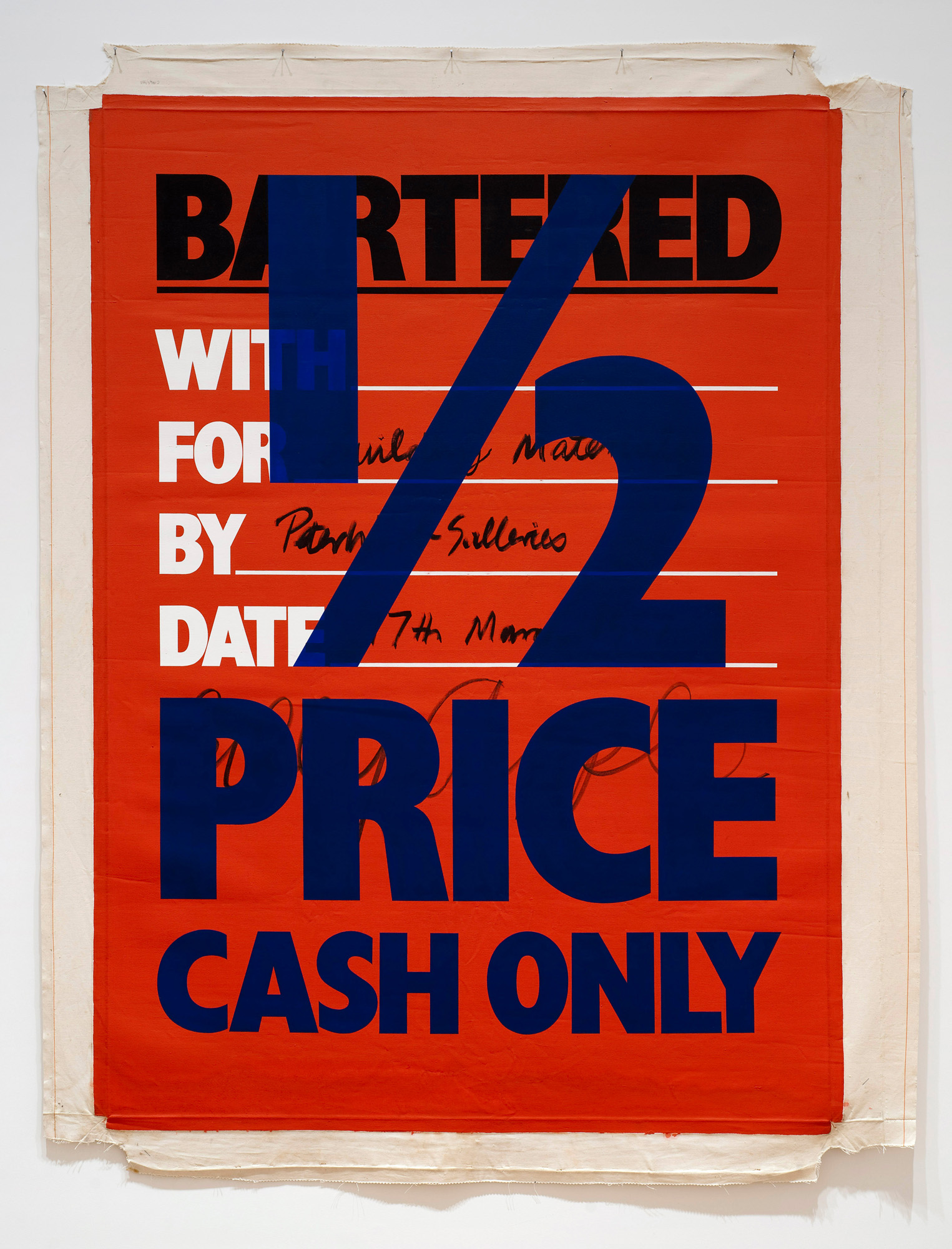The art community of Aotearoa is mourning the loss of one of our most influential artists, Billy Apple (ONZM).
Apple left New Zealand in the 1950s to study at the Royal College of Art, London. As a student, he became closely involved in the rise of pop art, producing work alongside his friend and classmate David Hockney. During this time, Barrie Bates came up with his alter ego, Billy Apple, dyeing his hair blonde and changing his name.

Apple’s name and new persona were irrevocably linked to his artwork throughout his career, which ranged from immortalising household items to portraying simple receipts as works of art.
In 1964, Apple went to New York where he became associated with the Pop Art movement, exhibiting alongside Andy Warhol, Claes Oldenburg and Jasper Johns in The American Supermarket.

In 1964, Apple went to New York where he became associated with the Pop Art movement, exhibiting alongside Andy Warhol, Claes Oldenburg and Jasper Johns in The American Supermarket.
The Serpentine Gallery, London held Apple’s first major survey show in 1974, From Barrie Bates to Billy Apple: 1960-75, featuring work related to his metamorphosis into his new persona.

During the 1980s, he focused on portraying the economics of the art world. Several of his works during this period refer to gold, including Golden Apple which was commissioned by the chairman of Auckland Coin and Bullion Exchange. Alongside his work, Apple produced Art Transactions, a series for which he traded and bartered prints in exchange for items and services he needed, making visible the economic needs of artists.

Permanently returning to New Zealand in 1990, Apple continued to exhibit his works both internationally and locally, including a retrospective at the Auckland Art Gallery in 2015, aptly named The Artist Has to Live Like Everybody Else. This exhibition was the largest and most comprehensive retrospective exhibition of Apple’s long career.
Words Katie Delany
Images Courtesy of Auckland Art Gallery Toi o Tāmaki




